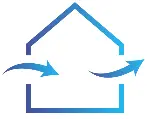Decentralized heat recovery ventilation or decentralized ventilation with heat recovery
In modern times, air quality and energy efficiency have become key priorities. Decentralized ventilation systems provide an effective solution for many challenges of contemporary living. These systems, also known as local heat recovery ventilators, improve indoor air quality while reducing heating costs by recovering most of the heat from the exhaust air and transferring it back to the incoming fresh air. There are two main types of local ventilation systems: single-duct HRVs and dual-duct HRVs. Each type has its advantages and characteristics suited to different user needs..
What Is a decentralized heat recovery ventilation unit?
Decentralized ventilation systems operate independently in different areas of your home, providing targeted ventilation. Unlike central systems that ventilate an entire building, decentralized function on a room-by-room basis, allowing them to adapt efficiently to the needs of specific spaces such as kitchens, living rooms, offices, or bedrooms. However, by strategically placing local HRVs, optimal airflow can be achieved throughout the entire home, effectively mimicking the function of a centralized ventilation system.
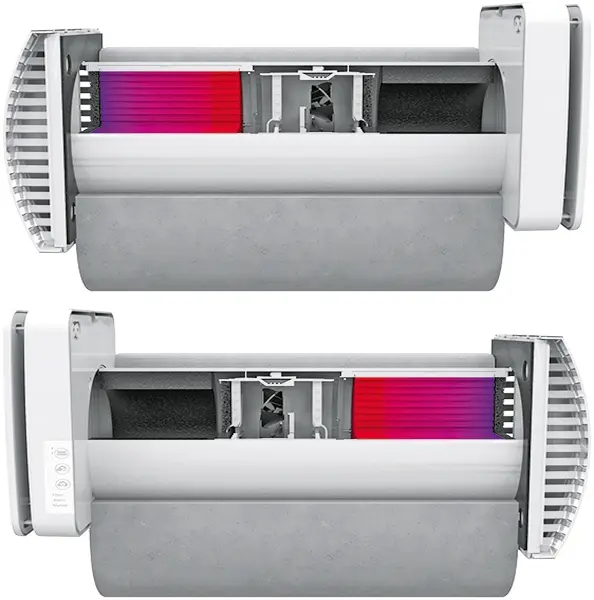
Mono duct heat recovery units
Most decentralized units on the market are mono-duct units, meaning they operate most efficiently when paired and connected in an alternating airflow pattern. Single-duct units work by cycling between two modes: extracting stale indoor air and supplying fresh outdoor air.
The airflow rate of mono-duct decentralized ventilation systems is often specified for the ventilation mode (extraction only or supply only). However, when operating in heat recovery mode, the actual airflow is halved.
How does heat recovery work in a mono-duct ventilation system?
Mono-duct units contain a ceramic heat exchanger that absorbs heat from the warm, stale air being expelled from the room. When the unit switches to supply mode, fresh but cold outdoor air passes through the ceramic heat exchanger, which gradually transfers the stored heat to the incoming air. As a result, the supplied air is preheated before entering the room. The most efficient units achieve heat recovery rates of up to 95%.
Dual-duct heat recovery units
A dual-duct local ventilation system simultaneously extracts and supplies air through separate ducts. One of the two fans extracts warm, stale, and polluted indoor air, passing it through a heat exchanger that absorbs heat from the outgoing air. At the same time, the second fan draws in fresh, cold outdoor air, which flows through the heat exchanger, absorbing the stored heat before being supplied indoors.
After 70 seconds, the fans switch direction, alternating their roles and continuing the heat recovery process as described above.
Since dual-duct heat recovery units continuously extract and supply air simultaneously, the specified maximum airflow remains the same in both ventilation and heat recovery modes.
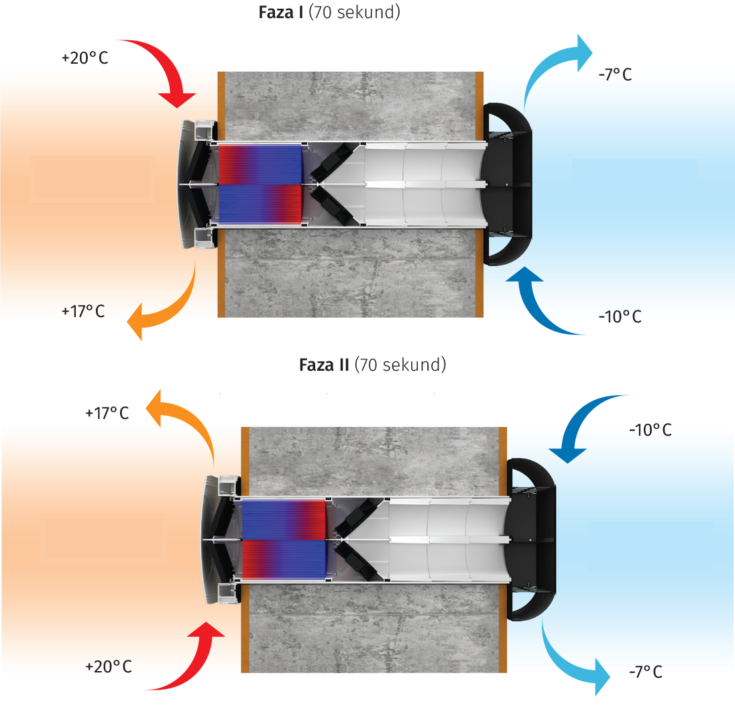
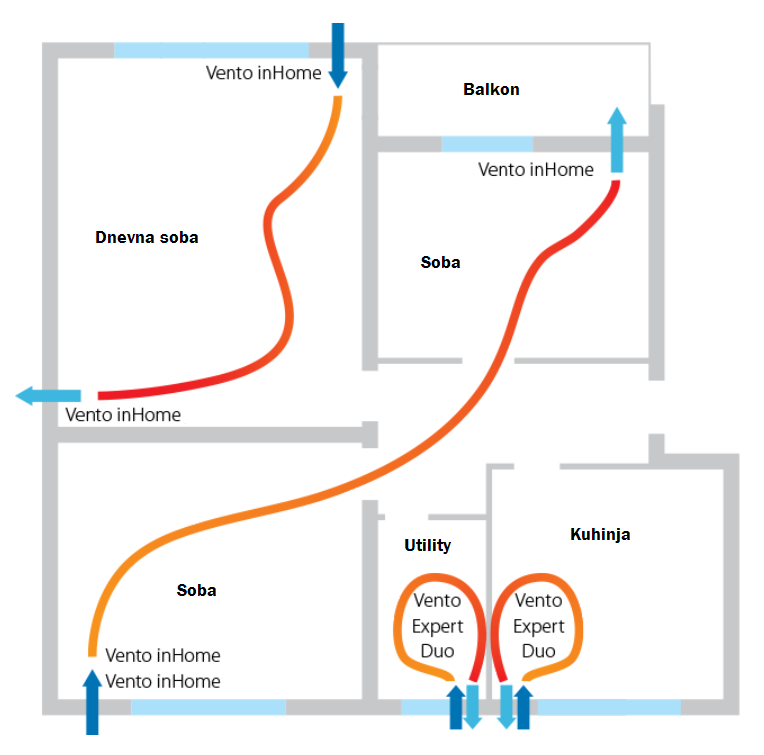
Whole-home ventilation with decentralized ventilation units
If you own an existing property and do not plan a major renovation, installing local HRVs can be a highly effective way to ventilate your home or apartment..
For proper placement of decentralized ventilation units, it is essential to provide a floor plan, room usage details, room sizes, and ceiling heights. These factors determine the necessary air volume and the most suitable HRV models for installation based on room characteristics such as noise levels, airflow capacity, and operating modes.
The manufacturer Blauberg Group offers a wide range of decentralized units suitable for spaces of all sizes. With expert guidance and proper installation, we can provide a complete ventilation solution for your home using local ventilation units.
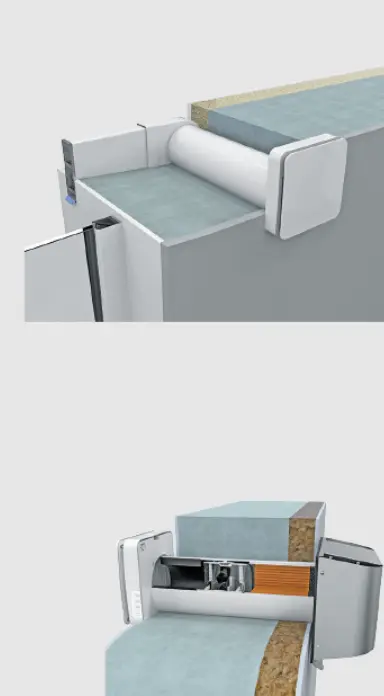
Required wall thickness for decentralized unit Installation and outdoor grille options
Due to the size of the components in local ventilation units, the minimum required wall thickness for installation starts at 33 cm (depending on the model). If your walls are thinner, Blauberg Group has developed an external vent grille solution that increases the installation depth.
If you prefer not to have visible external vent grilles on your facade, we also offer "window reveal" installation. This must be done before the facade work is completed, allowing the ventilation duct to be concealed within the facade for a seamless appearance—an essential factor when installing multiple local ventilation units in a single building.
How to get a decentralized ventilation system? How is installation performed?
The first step is to submit an inquiry. When doing so, provide as much information as possible about the property and its rooms, including:
- room sizes (square meters) and ceiling heights (both needed to calculate air volume and required airflow rates).
- room usage (kitchens and bathrooms need higher airflow rates, while bedrooms require quieter operation).
If possible, attach a floor plan, even if hand-drawn, marking external walls, windows, and doors - this is crucial for determining the minimum space required for decentralized unit installation.
Next, we determine the appropriate decentralized ventilation unit's models for optimal ventilation of your home or business space.
To estimate wall penetration costs, we need information about the exterior wall material (concrete, stone, brick, aerated concrete, or prefabricated walls) and wall thickness, as these factors influence the final cost.
The installation cost estimate typically includes surface-mounted installation within 2 meters of an electrical connection or cutting a channel for recessed installation. If installation is required at a height above 2.5 meters (e.g., ground floor ceilings), additional costs may apply due to high-altitude work. This additional cost can be avoided by purchasing an external rubber grille, which can be installed from inside the building.
Once the informative offer is confirmed, a site visit by a technician will be arranged to finalize installation details and schedule the installation.
The installation process includes: Drilling wall openings at the designated locations. Preparing the electrical wiring as needed. Installing the external facade grille, decentralized unit, and indoor module. Completing setup by connecting the device to the app (if applicable), configuring wireless connections, adjusting operating modes, and providing user instructions for operation and maintenance.
